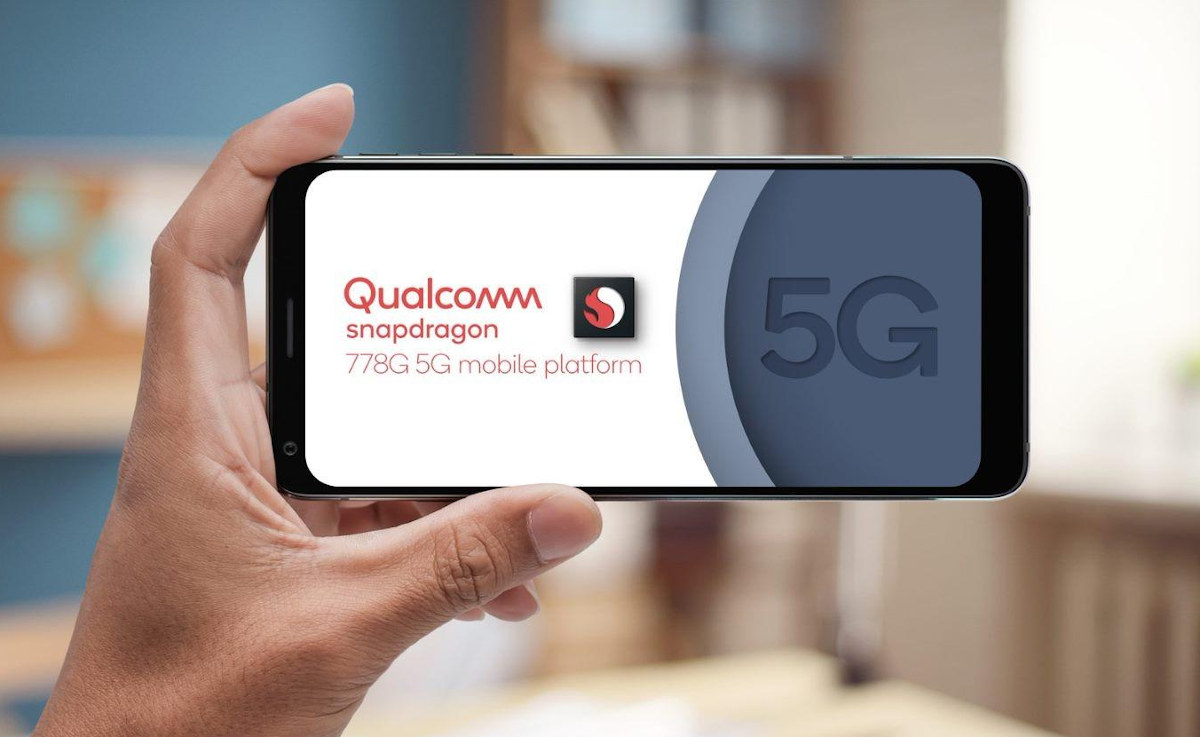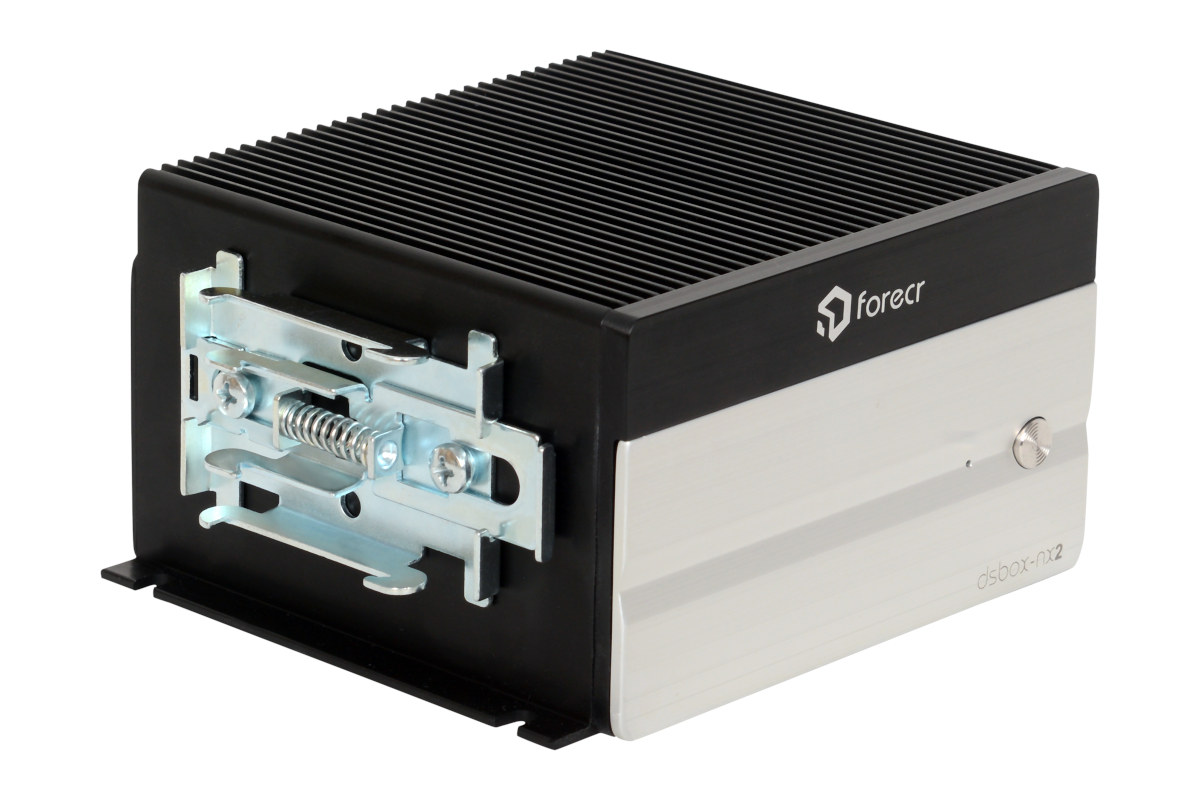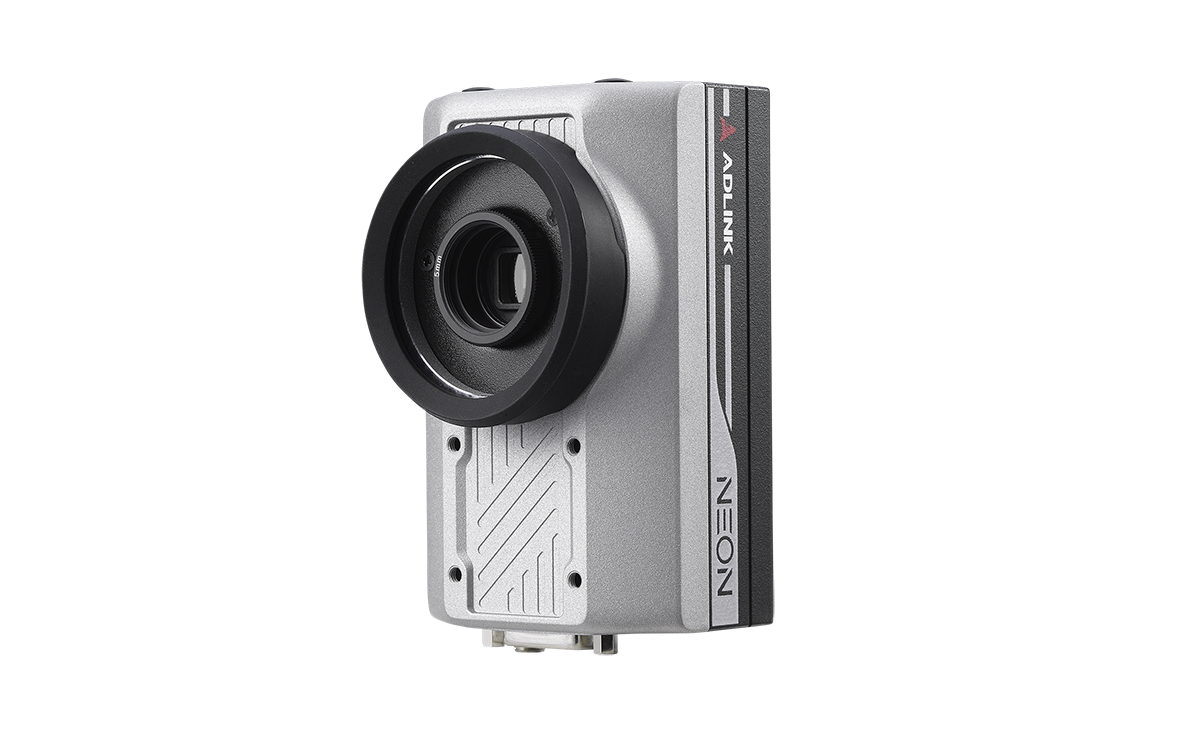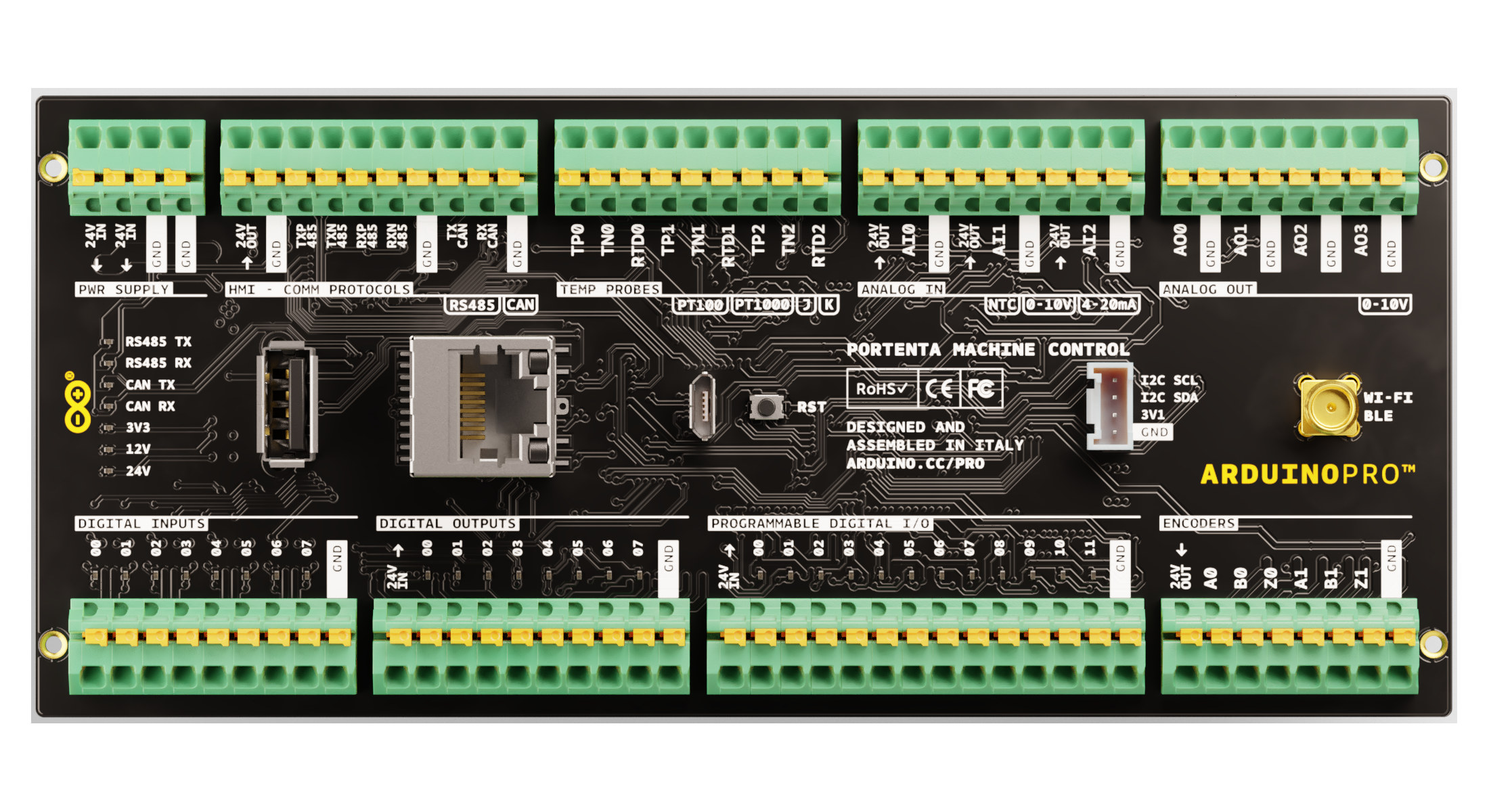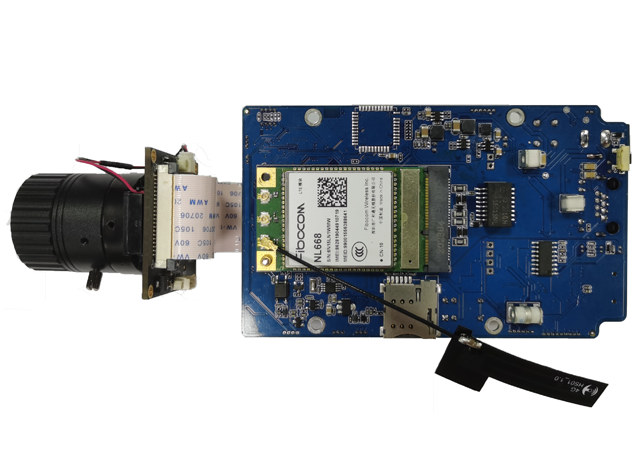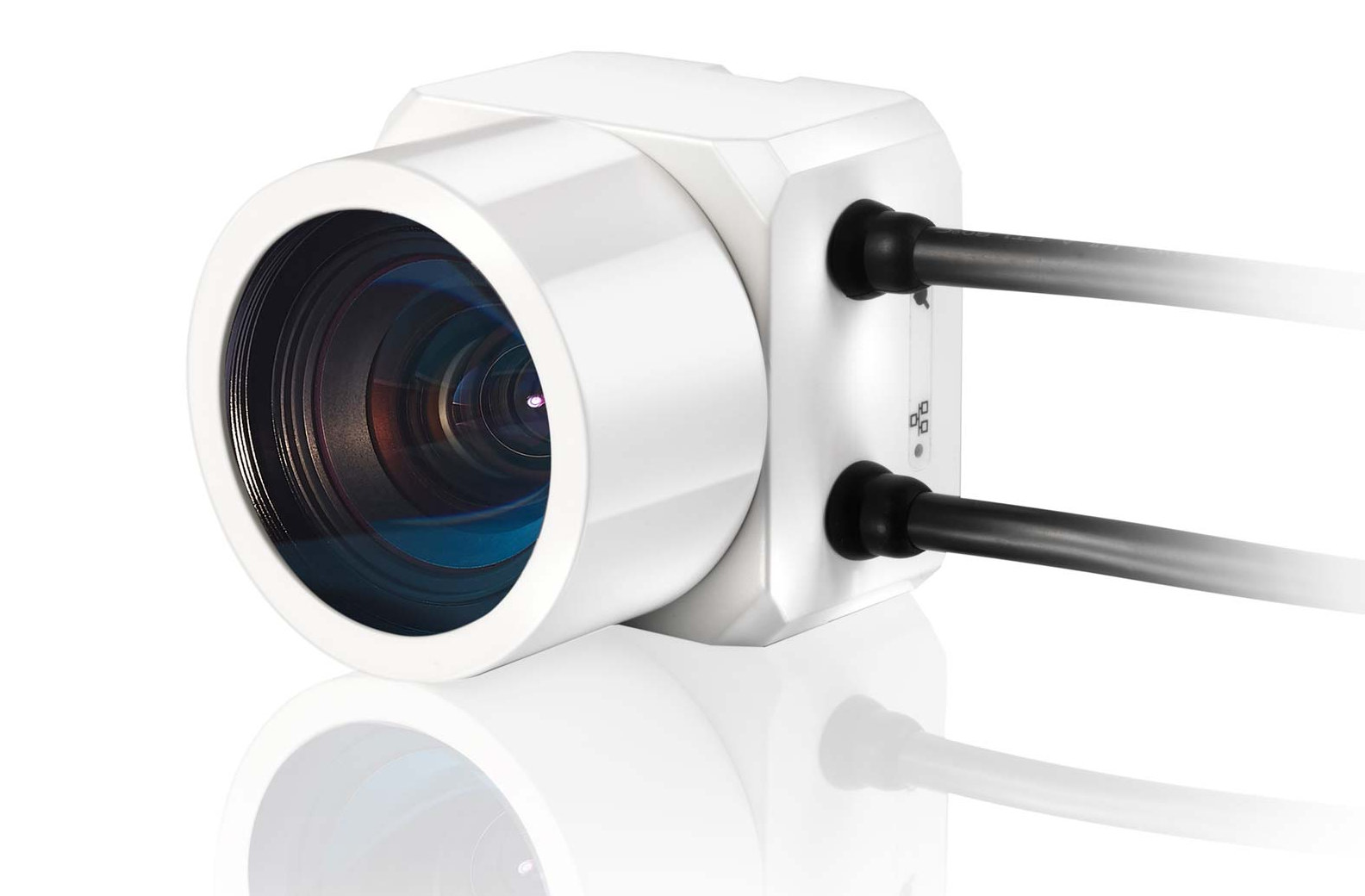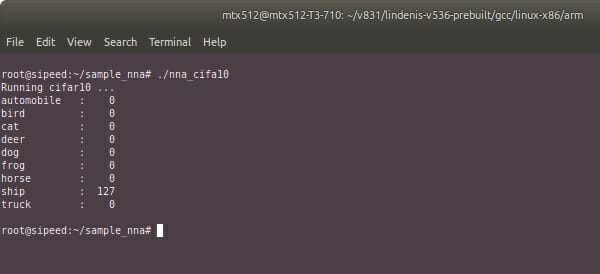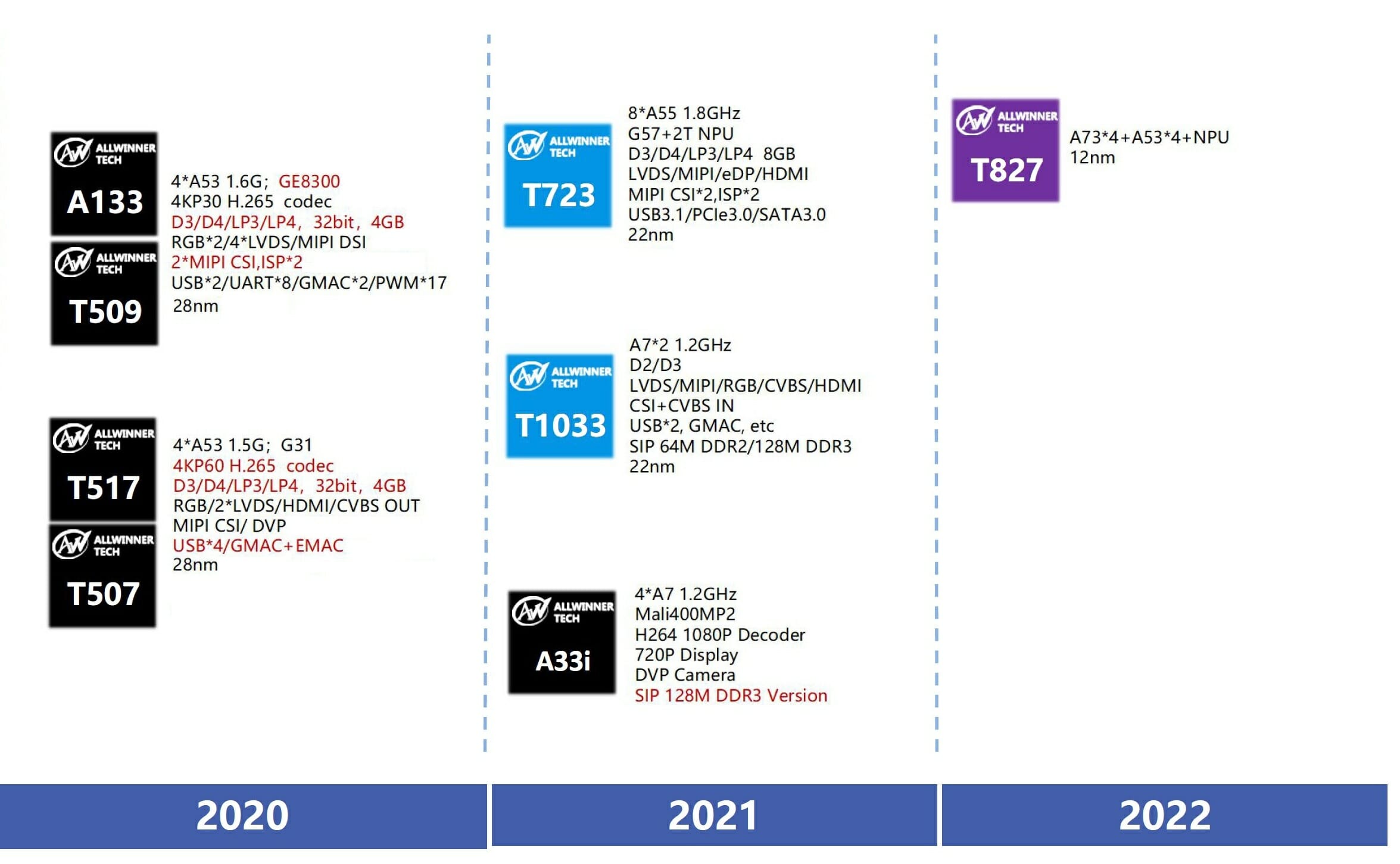There used to be “premium mid-range” smartphones, but Qualcomm now calls those “high-tier” smartphones in the recent announcement of Snapdragon 778G 5G processor succeeding Snapdragon 765G/768G 5G mobile platforms. The octa-core Cortex-A78/A55 SoC features a Snapdragon X53 5G Modem supporting up to 3.7 Gbps downlink, support FHD+ display up to 144 Hz, up to 16GB LP-DDR5 memory, and packs 12 TOPS of AI processing power. Snapdragon 778G (SM7325) specifications: CPU – Eight Kryo 670 CPU cores including 4x Arm Cortex-A78 @ 2.4GHz and 4x Arm Cortex-A55 @ 1.8GHz GPU – Adreno 642L with Vulkan 1.1, Snapdragon Elite Gaming features, H.265 and VP9 video decode, HDR10+, HDR10, HLG DSP – Hexagon 770 Processor with fused AI Accelerator architecture, Hexagon Tensor Accelerator, Hexagon Vector eXtensions, Hexagon Scalar Accelerator 2nd generation Qualcomm Sensing Hub Memory – Up to 16 GB LP-DDR5 memory up to 3200 MHz Display On-Device Display – up to FHD+ […]
DSBOX-NX2 – An NVIDIA Jetson Xavier NX Industrial Fanless PC
Turkish company Forecr has launched DSBOX-NX2 NVIDIA Jetson Xavier NX based industrial fanless PC equipped with the company’s own DSBoard-NX2 carrier board and designed for “multi-stream deep learning edge analytics” and IIoT applications. The compact embedded computer comes with 8GB RAM, up to 2TB SSD storage, as well as HDMI 2.0 output, Gigabit Ethernet, two USB 3.1 ports for high resolution cameras, serial ports, and some GPIOs among other features. Forecr DSBOX-NX2 specifications: System-on-Module – NVIDIA Jetson Xavier NX module with hexa-core NVIDIA Carmel ARM v8.2 64-bit processor, NVIDIA Volta GPU with 384 CUDA core & 48 Tensor Cores, 8 GB 128-bit LPDDR4x, 16GB eMMC flash Storage – M.2 Key M SSD slot, MicroSD card slot Video Ouput – 1x HDMI 2.0 up to 3840×2160 at 60 Hz Networking Gigabit Ethernet Wireless – WiFi, Bluetooth, 4G LTE, 5G connectivity by extension sockets USB – 2x USB 3.1 Type-A Expansion 1x […]
NEON-2000-JNX series AI Camera Features NVIDIA Jetson Xavier NX SOM for AIoT Applications
Machine vision applications highlight the complexity of implementation due to the requirement of interfacing several devices. These devices include image sensor modules, cables, GPU modules, and memory units, thus increasing the time for development and deployment. ADLINK’s NEON-2000-JNX series AI camera aims to simplify the deployment of edge machine vision and AIoT use cases. NEON-2000-JNX series AI camera comes with an inbuilt ADLINK’s new edge vision analytics software known as the EVA SDK. The software reduces the time in designing and creating proofs-of-concept, which leads to quicker deployment of applications. Users get a wide range of options for selecting field-ready “application plug-ins and ADLINK-optimized AI models”. This ensures the quality of vision AI and eases the building of use cases with lesser software code and programs. Additionally, the preview function allows quicker verification of AI Inference flow. We saw the launch of NVIDIA’s Jetson Xavier NX SOM in April 2020 […]
Arduino launches Portenta Machine Control industrial control unit
Arduino Portenta Machine Control is a low-power, industrial control unit powered by Arduino Portenta H7 board and designed to drive equipment and machinery through digital and analog I/O exposed through terminal blocks. The industrial control unit adds to the Arduino Pro family that was introduced in 2020 with support for the Arm Pelion IoT platform, the launch of the STM32H7-powered Arduino Portenta H7 industrial board, and joins another application-specific solution, namely the Arduino Edge Control board for smart agriculture launched last month. Arduino Portenta Machine Control specifications: Portenta H7 board with MCU – TMicro STM32H747XI Cortex-M7 @ 480 MHz + M4 @ 200 MHz MCU with 2MB dual-bank Flash memory, 1 MB RAM, Chrom-ART graphical hardware accelerator System Memory – 8MB SDRAM Storage – 16MB QSPI NOR Flash Connectivity – 10/100M Ethernet RJ45 port, WiFi & Bluetooth LE with u.FL antenna connector USB – 1x USB Programming Port I/O via […]
SigmaStar SSC33x Camera SoCs are pin-to-pin compatible with Hisilicon Hi3516/Hi3518 processors
We’ve been writing a fair amount of posts about SigmaStar SSD201/SSD202D processors for smart displays in recent times. But the company also has various camera SoC’s with SSC333, SSC335, SSC336, SSC337, SS338, and SSC339 parts. Those processors feature one or two Cortex-A7 core, embedded RAM, as well as an optional AI accelerator called DLA (Deep Learning Accelerator). The chips manufactured using a 28nm or 22nm process, with the latter being used for parts with the AI accelerator. Most of the Sigmastar SCC33x processors also happen to be pin-to-pin compatible with HiSilicon Hi3516 or Hi3518 SoC that are found in a wide range of IP cameras. Let’s take SSC336D/SSC336Q processor as an example since it comes with the AI accelerator and we have a datasheet courtesy of linux-chenxing.com. SigmaStar SSC336D/SSC336Q camera SoC key features & specifications: CPU – Dual-core Arm Cortex-A7 processor @ 1 GHz with Neon and FPU Embedded Memory […]
Imago “VisionAI” Smart AI Camera supports Tensorflow Lite & AutoML Vision Edge
Imago Technologies GmbH “VisionAI” is a programmable Smart AI camera that combines a quad-core Cortex-A53 processor @ 1.8 GHz together with Google Edge TPU, and designed for embedded image processing applications in the fields of AI, Deep Learning, and Machine Learning. The smart camera supports TensorFlow Lite and AutoML Vision Edge frameworks, and is suited for tasks such as pattern recognition, classification, anomaly or defect detection in inspection applications, code reading, and other machine vision applications. Imago VisionAI (VisionSensor PV3 AI) camera specifications: SoC – Unnamed quad-core Arm Cortex-A53 processor @ 1.8 GHz (likely NXP i.MX 8M Mini) AI Accelerator – Google Edge TPU with up to 4 TOPS of AI processing power System Memory – 2 GB DDR4 RAM Storage – MicroSD card up to 32GB Connectivity – Gigabit Ethernet M12 connector Camera 1/1.8” 5MP mono or color CMOS sensor with 2560 × 1936 pixels resolution, up to 65 […]
Allwinner V831 NPU (Neural Processor Unit) reverse-engineered
When Sipeed introduced MAIX-II Dock AIoT vision development kit, they asked help from the community to help reverse-engineer Allwinner V831‘s NPU in order to make an open-source AI toolchain based on NCNN. Sipeed already had decoded the NPU registers, and Jasbir offered help for the next step and received a free sample board to try it out. Good progress has been made and it’s now possible to detect objects like a boat using cifar10 object recognition sample. Allwinner V831’s NPU is based on a customized implementation of NVIDIA Deep Learning Accelerator (NVDLA) open-source architecture, something that Allwinner (through Sipeed) asked us to remove from the initial announcement, and after reverse-engineering work, Jasbir determined the following key finding: The NPU clock defaults to 400 MHz, but can be set between 100 and 1200 MHz NPU is implemented with nv_small configuration (NV Small Model), and relies on shared system memory for all […]
Allwinner Processor 2021-2022 Roadmap – Allwinner T827, T723 and T1033 SoC’s
Last year, we published the Allwinner A-series processor roadmap for 2020-2021 with notably Allwinner A33E, A100, and A200 SoCs. Allwinner A100 was supposed to be released in 2019, but a search on Aliexpress showed exactly zero matches. We did write about Allwinner A100 mainline Linux support a little while ago, and today, I eventually found one Allwinner A100 tablet with the $60 Hyundai HyTab 7WC1. I had no better luck in my search for Allwinner A33E and A200 platforms. But I also got lucky today with another Allwinner roadmap for 2021-2022 with some very interesting new processors, provided they happen. A look at 2020 processors But let’s look at the year 2020 first. We already have most details about Allwinner A133 quad-core Cortex-A53 processor, which is also called T509 apparently following the merging of the Allwinner A-Series business unit, focusing on tablets, into the Allwinner T-Series for industrial & automotive […]


